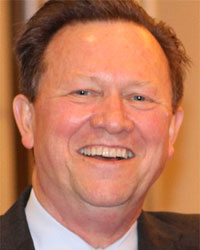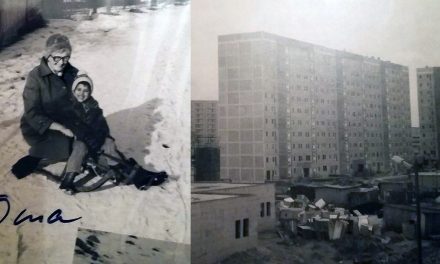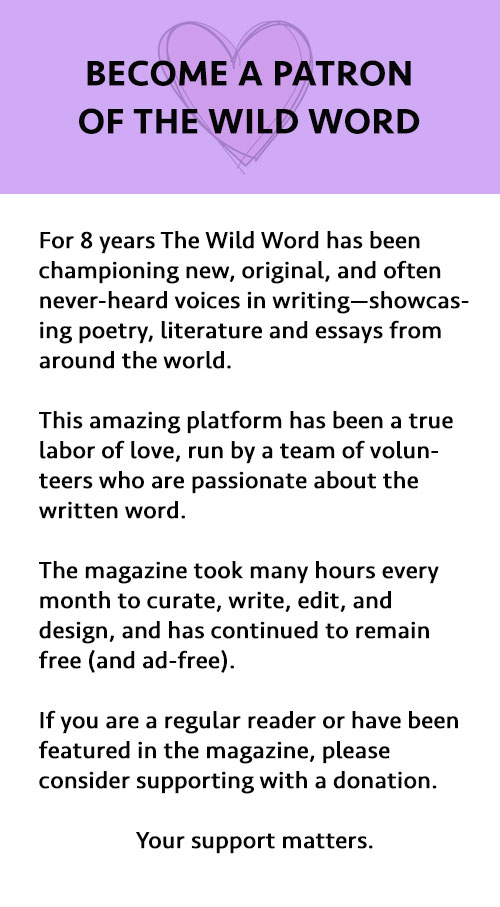THE COMMANDO KID
★ ★ ★ ★

©iStockphoto by Getty Images. Image licensed by CMHNetwork
By Scott Bryant-Comstock
It’s early, the sun not yet on the horizon, the blue mist of a morning promise in the air. It’s cold enough that my breath is making vapor plumes—not good for a 10-year-old commando on a mission. The elements of stealth and surprise are critical if this mission is to be successful. I’ve got to calm my breathing—the dash from across the street took the wind out of me. My destination is ten yards away, but those ten yards might as well be ten miles.
During the summer of my tenth year, most days were spent in front of the house with my neighborhood friends playing ‘War’—a game where we pretended to be soldiers, just like Sergeant Saunders from the television show Combat! We would choose sides and battle for hours, drawing up intricate attack plans, leading commando raids against other warriors, and terrorizing them with great delight. Then they would lead a charge against us, and we would battle fiercely, dying dramatic deaths, lying still for a few moments and then leaping up to engage in combat all over again. I spent many an afternoon crawling on my belly, reveling in great imaginary acts of heroism, as only a 10–year-old boy can.
Growing up in a neighborhood where the families living around us had money while we were living on stale bread and puffed rice wasn’t easy. For a 10-year-old boy, fitting in and feeling “normal” is important. So when a bill collector came to our house looking for money or a public-utility truck came to turn off service due to lack of payment, it could ruin my day—especially if I was with my friends.
Some days, utility trucks might come down the street three or four times. Ducking for cover when they did make their way toward our house became an almost comical routine for me. As soon as one of the trucks appeared coming down our street I would make a beeline for the house, flinging open the back door and locking it behind me. Then, I would dash over to the kitchen window, heart racing, and wait. If the truck stopped at our house, I would crouch under the window, stealing glances every once in a while, checking to see what was going on outside, feeling ashamed and knowing that I would not go back outside for the rest of the day.
If the utility truck drove past, I would wait a few minutes and come back outside to rejoin the game. Someone would invariably yell, ‘Hey Comstock, where did you go? Jeez, ya can’t just leave in the middle of war!’ I’d make up some excuse and leap back into battle. Kids being kids, my seemingly bizarre actions were soon forgotten, and the war would rage on.
Ten yards, that’s all I need. But there is movement in the house, and I’ve got to get under the window without being seen. Making my way out of my temporary hiding place behind the bushes, I inch my way across the lawn, flat on my belly, pushing in front of me the two empty milk jugs I brought with me. My t-shirt and jeans are instantly soaked but its too late to turn back. My heart beats with excitement. Looking up, I see someone’s shadow reflecting off of the drapes covering the window. I hear voices from inside the house. Darn, they’re up already. I hadn’t counted on that.
I’m pressed against the wall under the window, soaking wet, but thrilled just the same. I reach up to the spigot to disconnect the hose. Cold morning and cold hands—this is harder than I thought. I make two attempts to undo the connection but fail. My hand stings with pain each time I try to wrest loose the fitting, but I’ve got to get that hose off. On the third attempt, the hose loosens. Pulling my hand away from the spigot, I notice blood oozing from an inch long slice on my palm.
I bring the first milk jug up close and give the handle a full turn. The sound of the water is deafening, or at least it appears that way to me, so I quickly turn it off. Maybe if I turn it on slowly. Much better. I hold the milk jug at a 45-degree angle and slowly fill it with water.
One jug filled and capped, working on the second. The gash on my hand stings from the cold. Lulled into a daydream about my “commando raid” and the “life-threatening shrapnel wound” I have received, the sound of hard rapping on the window above me jars me to my senses.
‘Hey there, what are you doing?’ Oh jeez, it’s Mrs. Baber, and she looks pissed. ‘Hey, hey, stop that! What are you doing?’
Grabbing the two jugs, I stumble to my feet and run for it in an all-out sprint. Looking back while running across the lawn, I see water pouring from the spigot. I also see Mrs. Baber’s front door beginning to open. In my panic and haste, my feet tangle and I fall to the ground, losing my grip on one of the milk jugs. As I hit the ground, the jug slides across the lawn and into the bushes. For a split second time slows to a crawl as I lie flat on my back watching the water gurgling out of the jug at a dreamlike pace. Mrs. Baber’s yelling brings me back, and I realize I have to get away. I grab the remaining jug lying by my side, pull myself up and dash across the street, the sound of Mrs. Baber’s angry voice trailing in my ears. I fling open the gate to our side yard, scoot in and slam it shut. Leaning against the fence, safely back from behind enemy lines, I lower myself to the ground, letting out a long slow sigh of relief.
Quietly letting myself into the house, I tiptoe to Mom’s bathroom and fill the commode tank with the jug of water so that Mom can freshen up before heading off to work. The house is still, no one will be up for at least another 30 minutes. Time enough for one more raid.
This time, I will not be seen.

Scott Bryant-Comstock has worked in the mental health field for over 35 years in a variety of roles, including therapist, trainer, mental health board chair, state level mental health official and national consultant, trainer and facilitator. Over the course of his career, Scott has incorporated learnings from policy-makers, families, providers and community leaders throughout the United States into a focused approach to improving services and supports for youth with emotional challenges and their families. Scott is the founder, President & CEO of the Children’s Mental Health Network – cmhnetwork.org



























